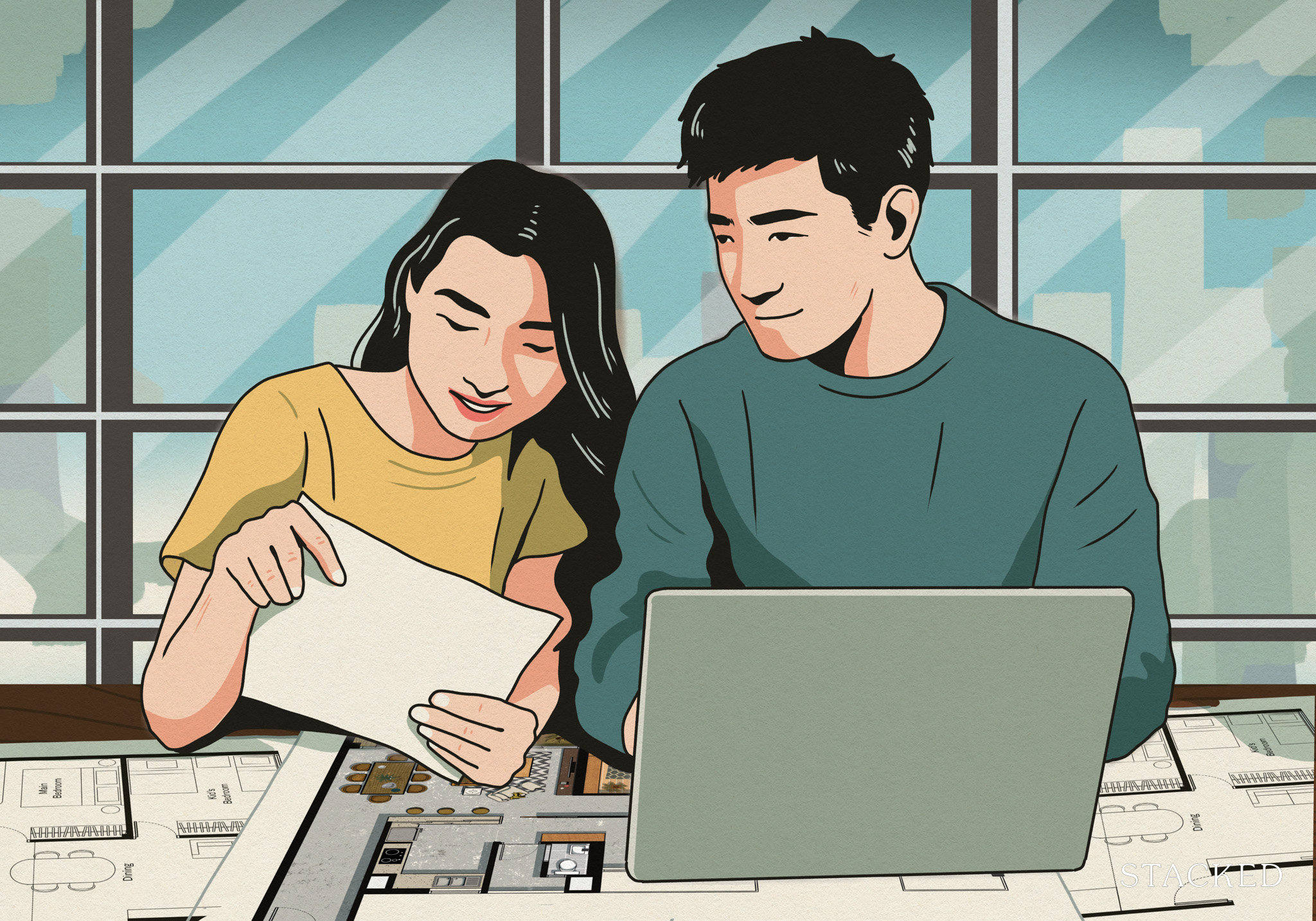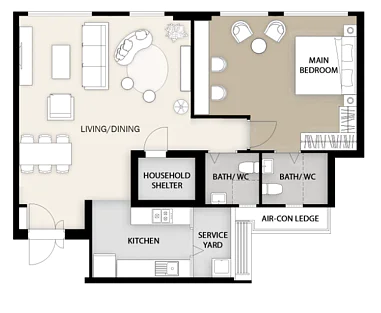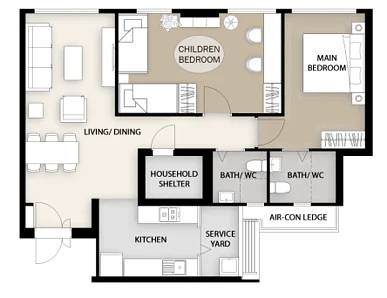7 Key Residential Towns To Know From URA’s 50-Year Plans + A Tour Of Singapore’s City Gallery
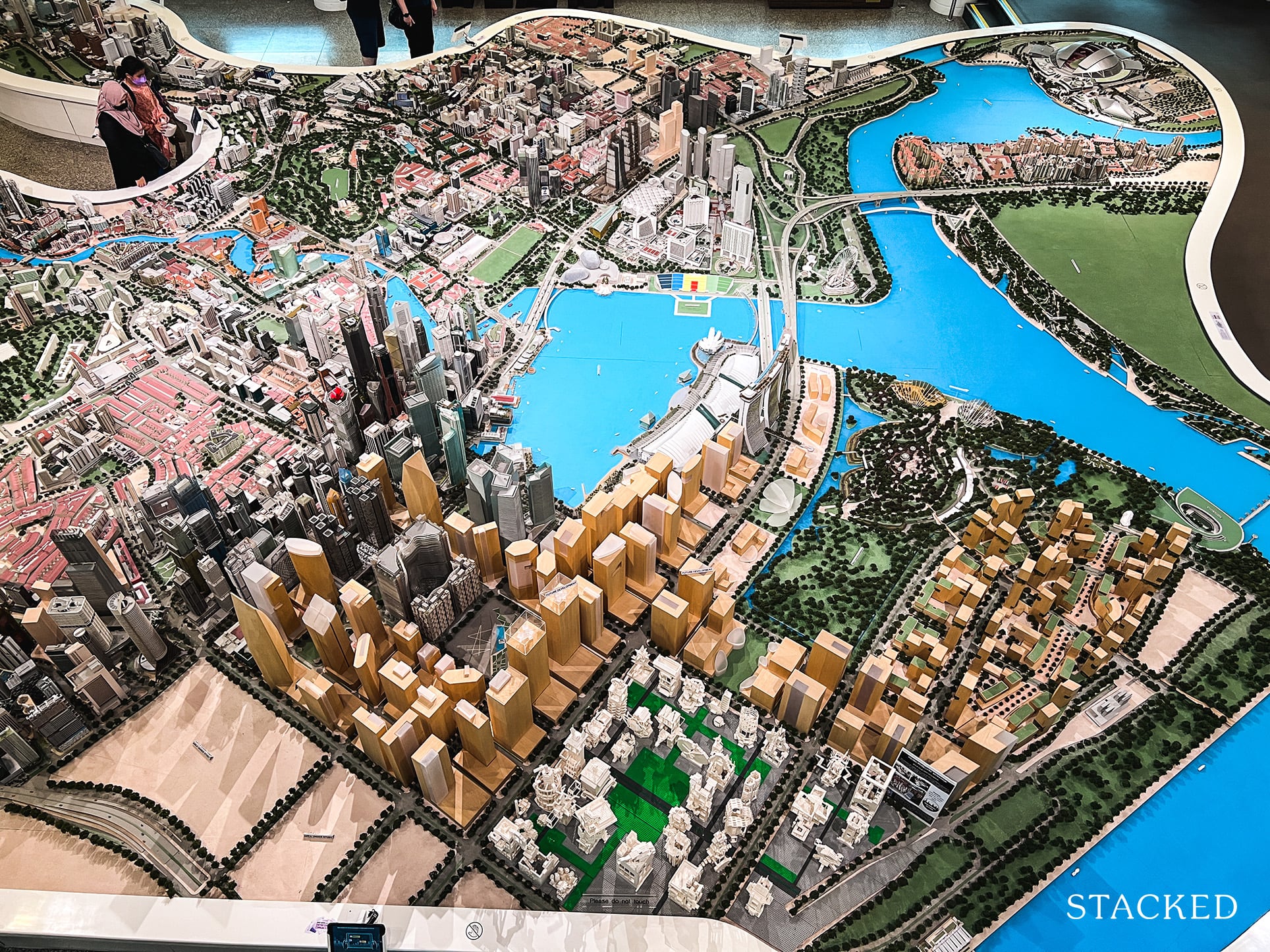
Get The Property Insights Serious Buyers Read First: Join 50,000+ readers who rely on our weekly breakdowns of Singapore’s property market.
Truth be told, I’ve never been one that was too keen on exhibitions. But I must say that the URA has done a fantastic job with the exhibition (called Space for Our Dreams) that showcases the planning concepts and proposals that will guide Singapore’s development for the next 50 years. (I’m not in any way sponsored to say this if you’re wondering).
For anyone that has a vested interest in real estate, it is quite fascinating to see the progress that Singapore has made since the first Concept Plan in 1971. I may have my disagreements with how certain regulations have been carried out, or how Singapore’s landscape is just generally not as vibrant as other cities like Japan, but by and large, it’s a major reason why Singapore real estate is seen as a safe asset for many.
I had to visit the space for myself, and here are a few highlights that caught my attention.
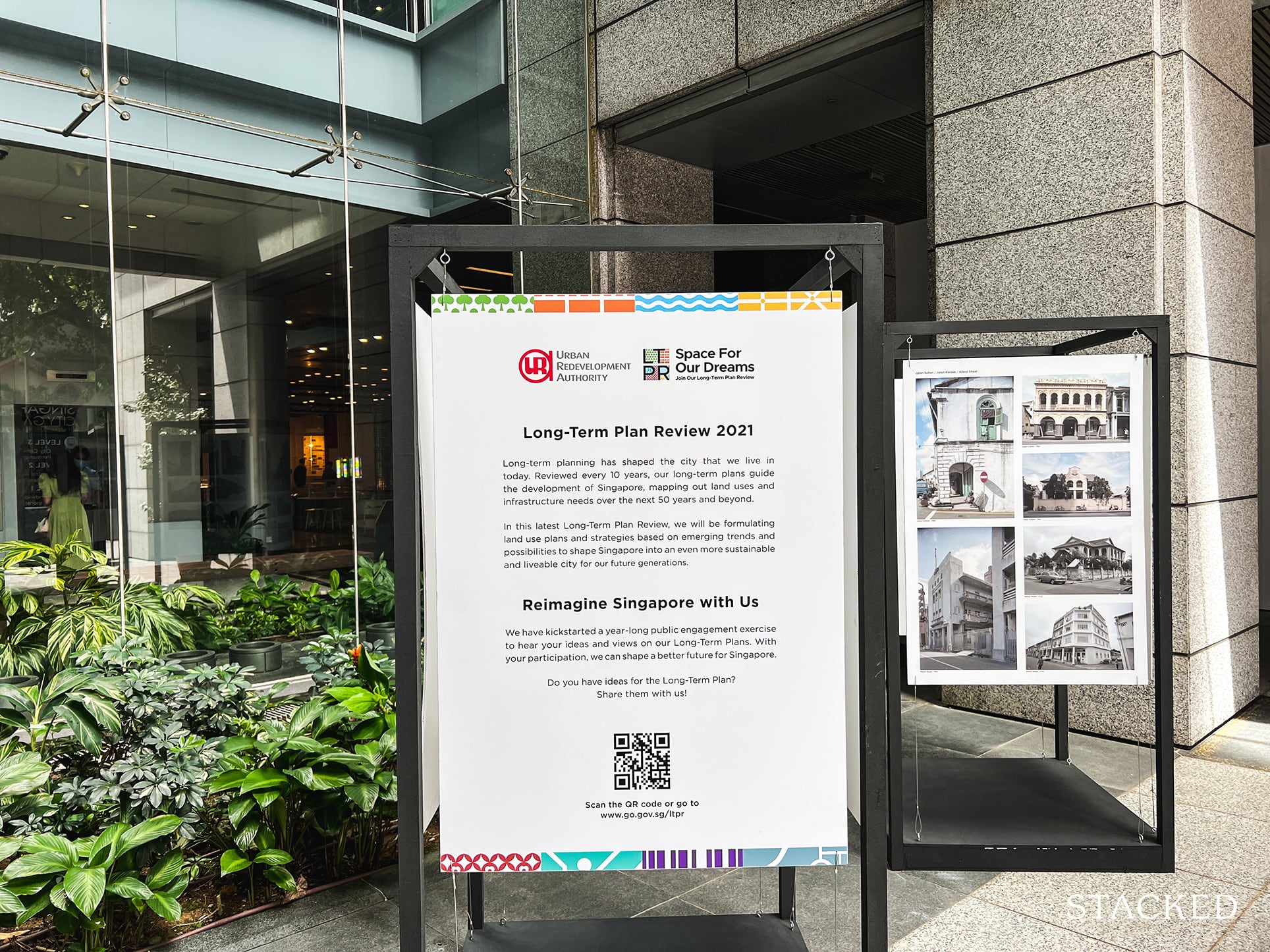
Taking a leaf out of a startup’s playbook of building in public and iterating from feedback, it’s cool to see that the URA has tried to include Singaporean’s views as well in their long-term plans. They have engaged over 15,000 people so far, but it does also bring to mind the famous Henry Ford quote: “If I had asked people what they wanted, they would have said faster horses.”
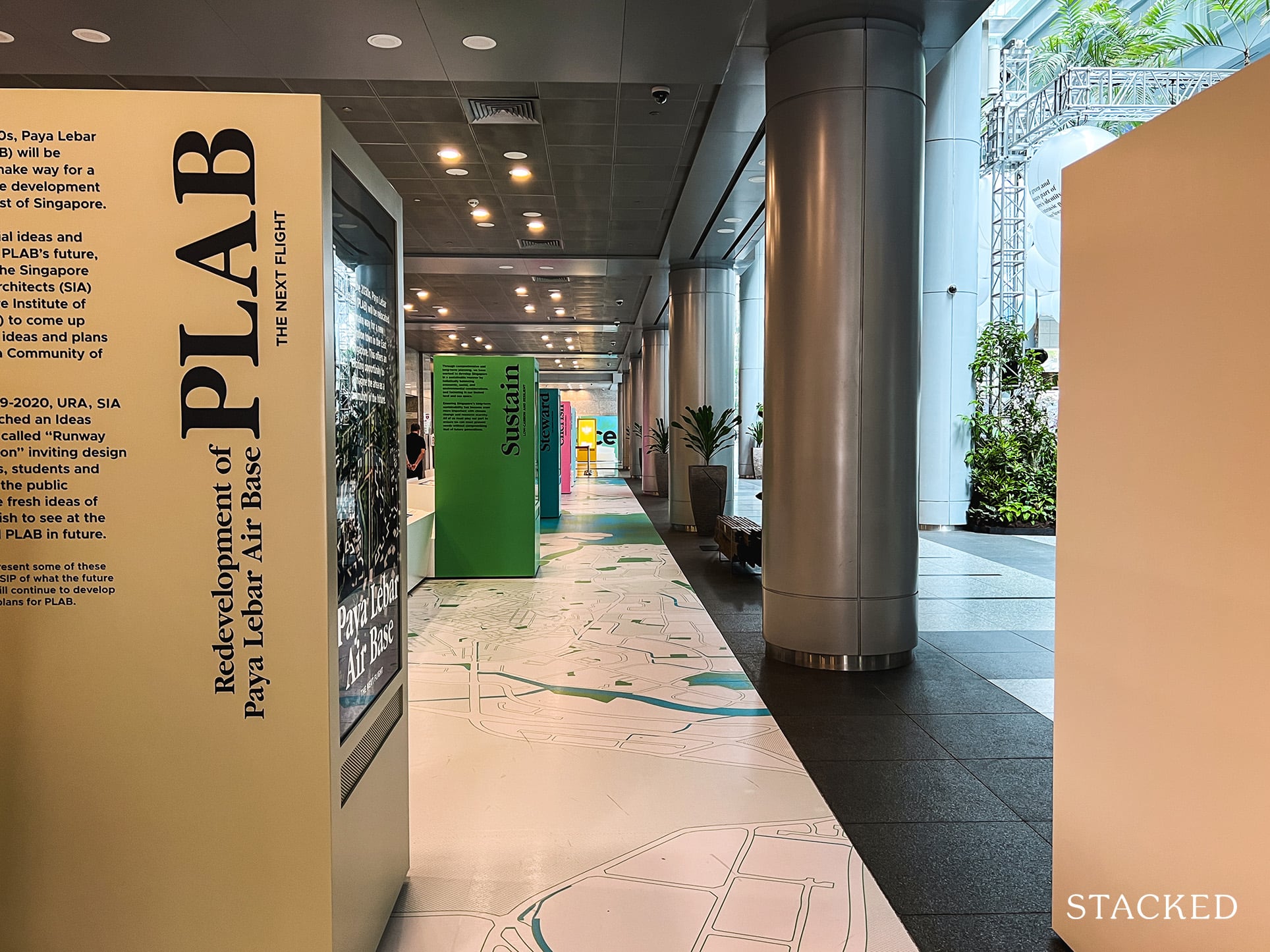
There are several themes to highlight here, but I won’t go through everything here today for the sake of keeping this short and sweet!
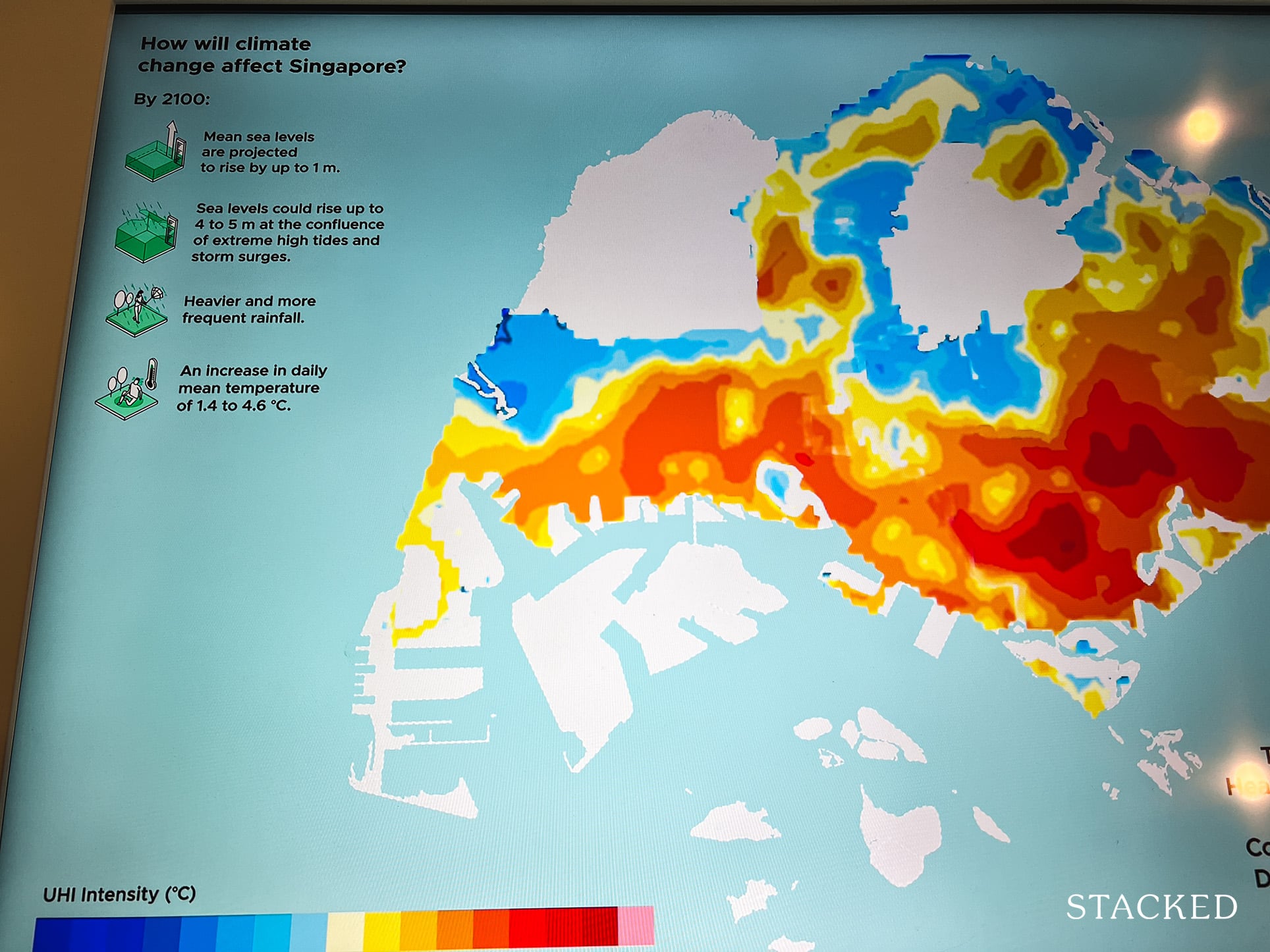
One of the first things you’ll see is the focus on climate change as a theme, which was already highlighted as a key point in the National Day Rally in 2019. With a mooted $100 billion spend to combat the effects of climate change, it is all the more apparent today with the rising temperatures (it hit a sweltering 38.5 degrees Celsius at the end of May).
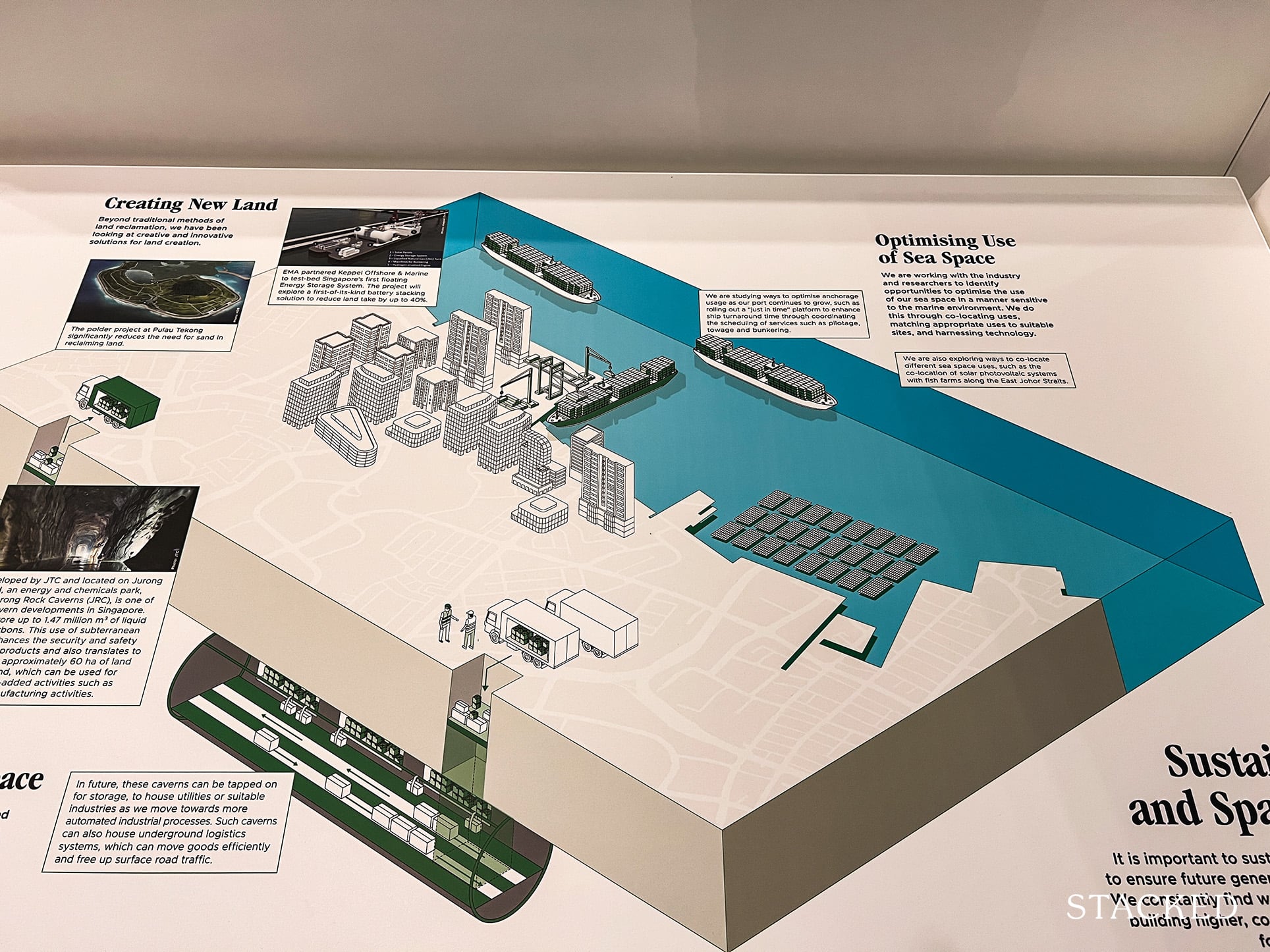
Land reclamation plays a big part too. From the words of the NY Times: “Since it became an independent nation 52 years ago, Singapore has, through assiduous land reclamation, grown in size by almost a quarter: to 277 square miles from 224. By 2030, the government wants Singapore to measure nearly 300 square miles.”
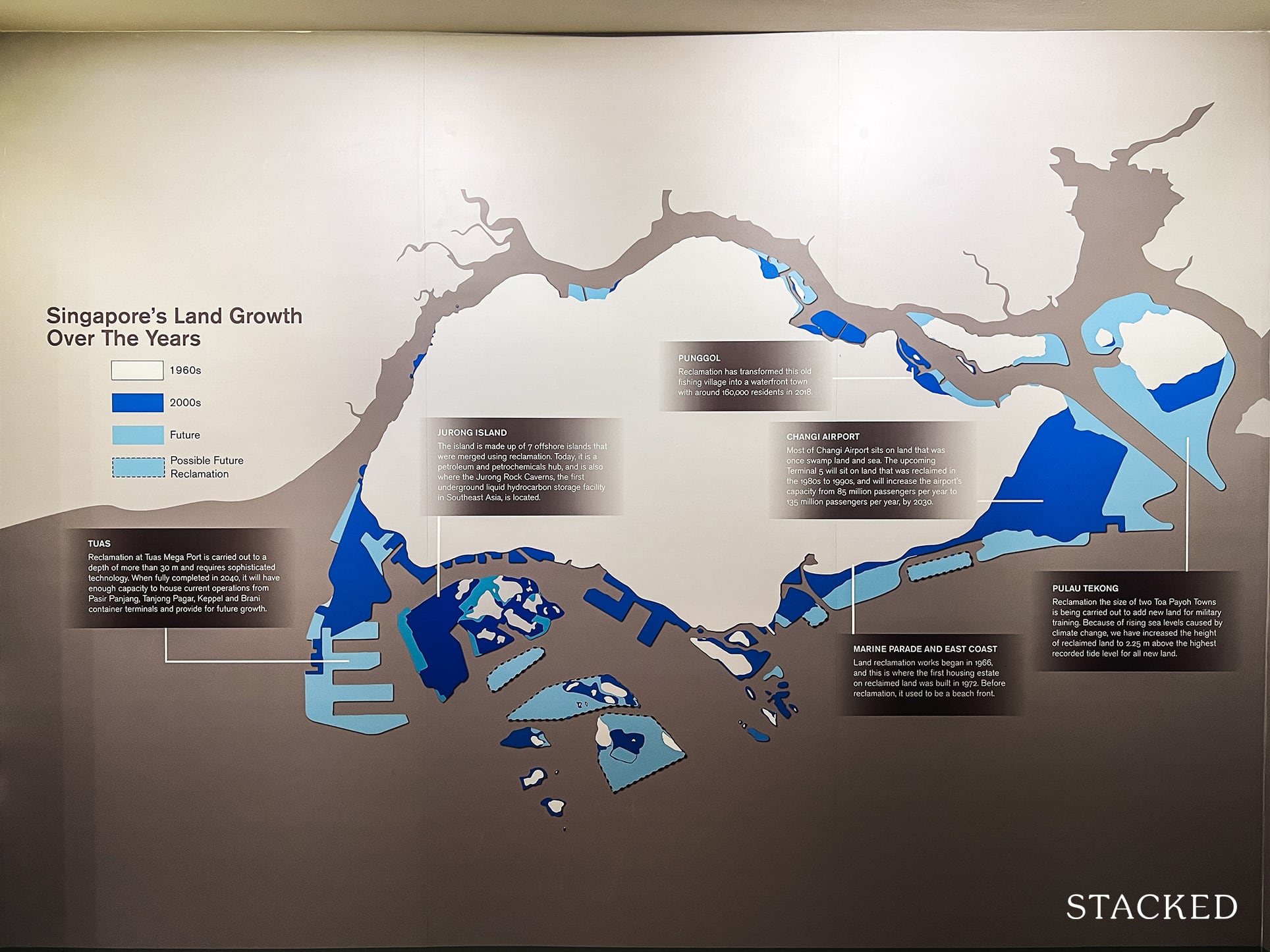
From the various land reclamation efforts, this has created more space in areas like Changi Airport, Jurong Island, and Tuas Port. Land has always been a precious resource for Singapore, and with the potential effects of a rising sea level, this is obviously even more important.
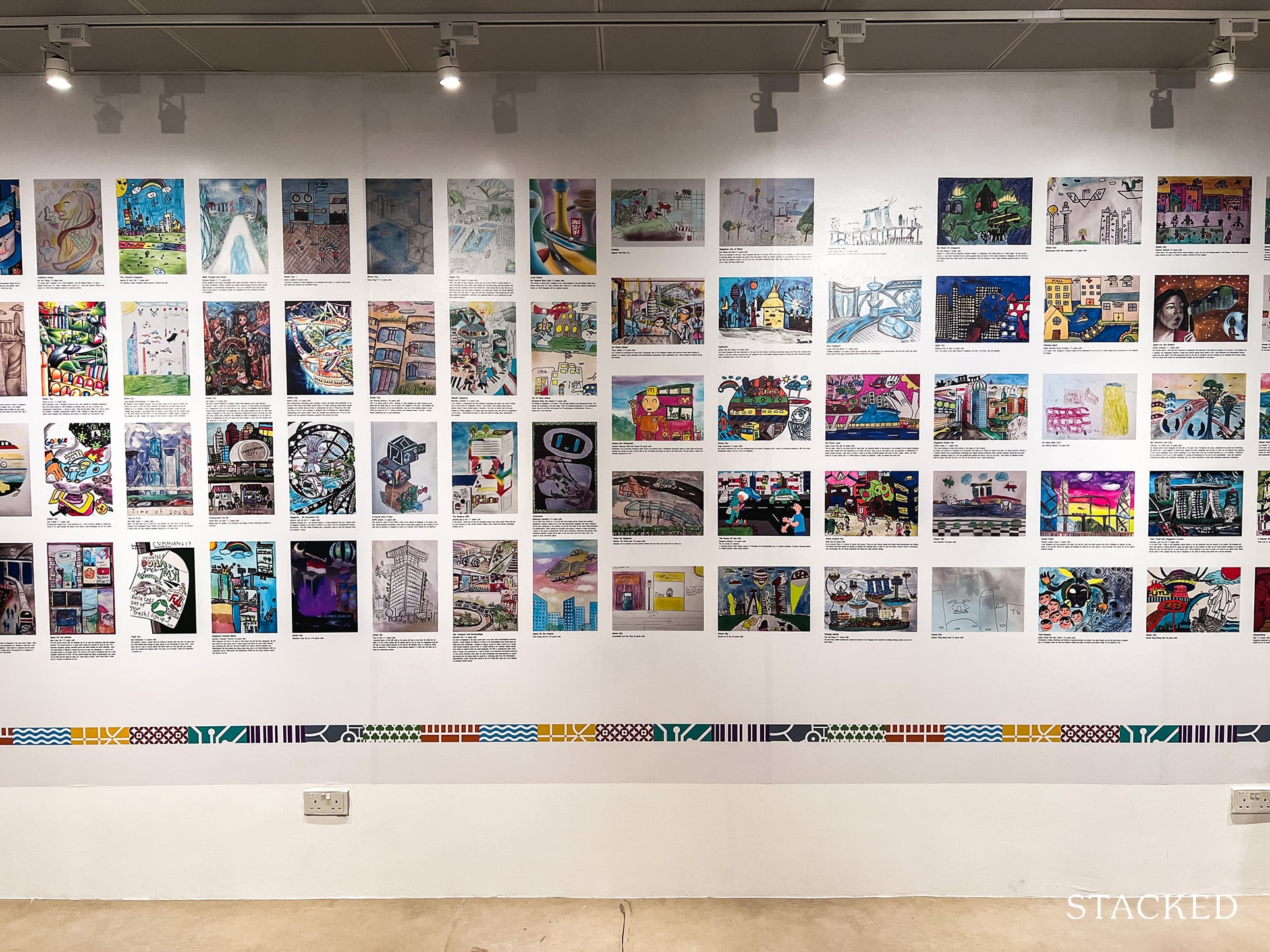
It was also cool to see how kids visualise the future of real estate in Singapore. I could never draw as well as this (even now), so this was quite intriguing to take a look at.
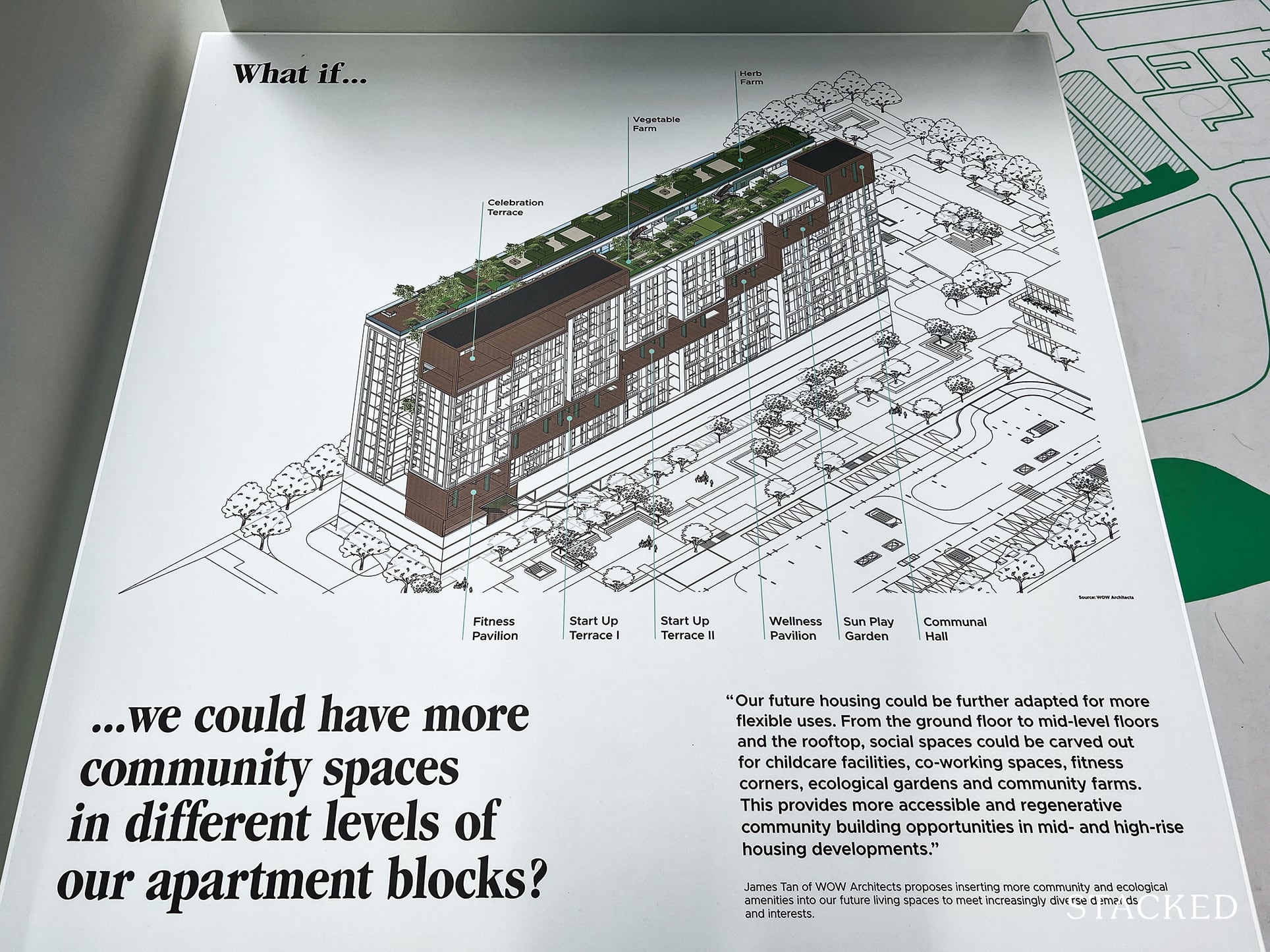
I did also like the concept of having more community spaces on different levels of our apartment blocks. While this has been seen in condominiums (developers would after all want to maximise the space), there could definitely be more done for HDB estates to make working and living there a much more involved form of community living.
While most of the newer HDB estates like Alkaff Oasis have quite stunning landscaping plus facilities on the top of the multi-storey car park blocks, others like Telok Blangah Ridgeview were just less useful in general.
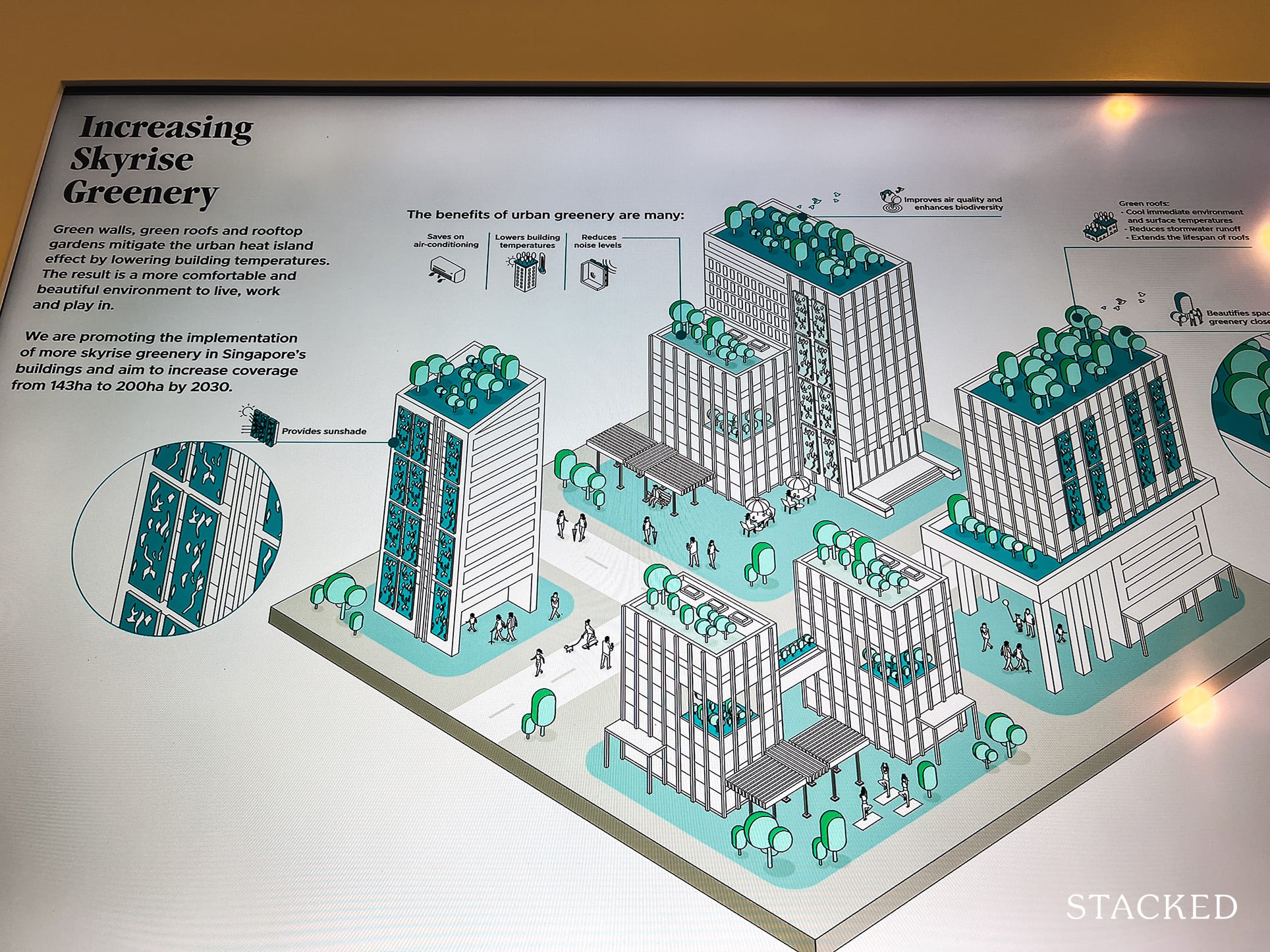
You should know by now, that the benefits of urban greenery are multi-fold: you can save on air-conditioning as it can lower building temperatures, it can reduce noise levels, and also obviously improves the air quality of the area.
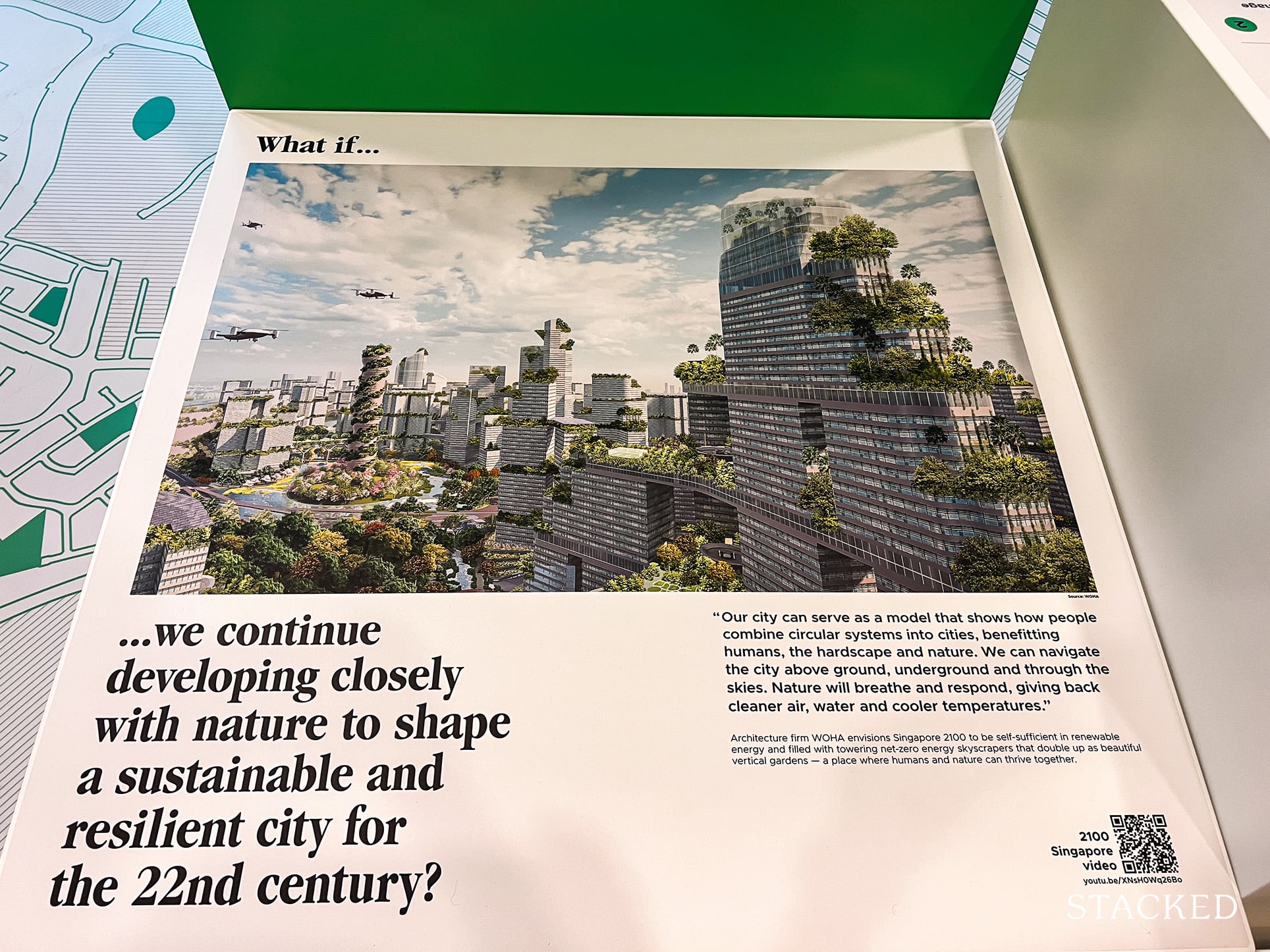
And as shown by renowned architecture firm WOHA, having skyscrapers that can double up as beautiful vertical gardens is a sight to behold. Just imagine every structure to be like the Treehouse condo, it can really soften the look – and more importantly, it isn’t just about the looks as shown above!
As an interesting point: did you know that Singapore’s garden city vision was coined as early as 11 May 1967 by then Prime Minister Lee Kuan Yew? Talk about being a visionary.
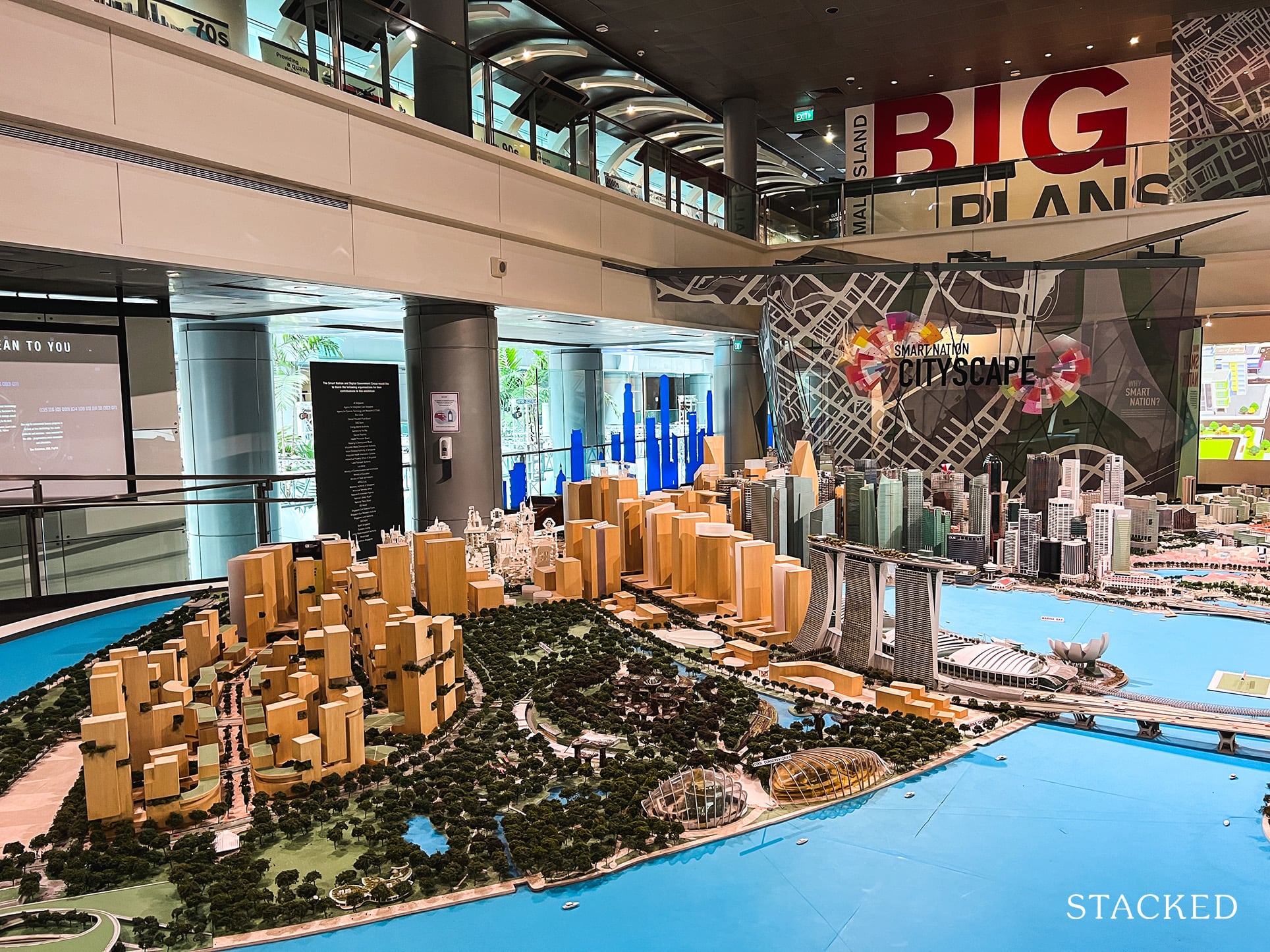
Here’s probably my favourite part of the exhibition, seeing the future look of Singapore’s growth areas. Sometimes, just reading about these areas in words doesn’t quite have the same impact as seeing an actual model of it (just like why developers would always include a show flat model).
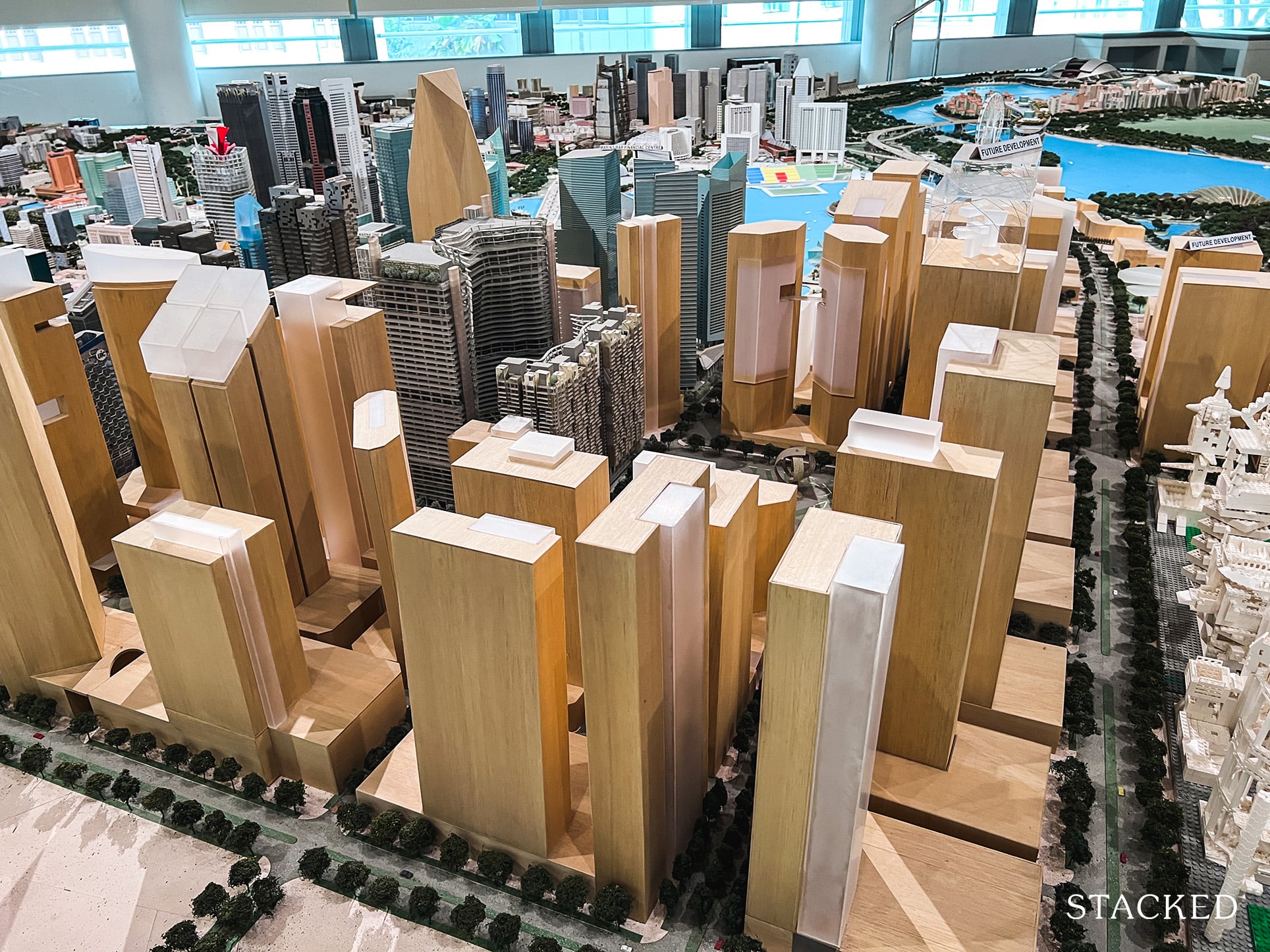
What stood out to me was how built up the Marina area would look like. Seeing the Marina One Residences today, most people might not even have known that one day it would be just like any other building within the CBD, rather than one that seemingly has a nice open and unblocked view. But if you have been paying attention to the Master Plan you would have already known that it is completely surrounded by white sites (one of which I’ll detail down below).
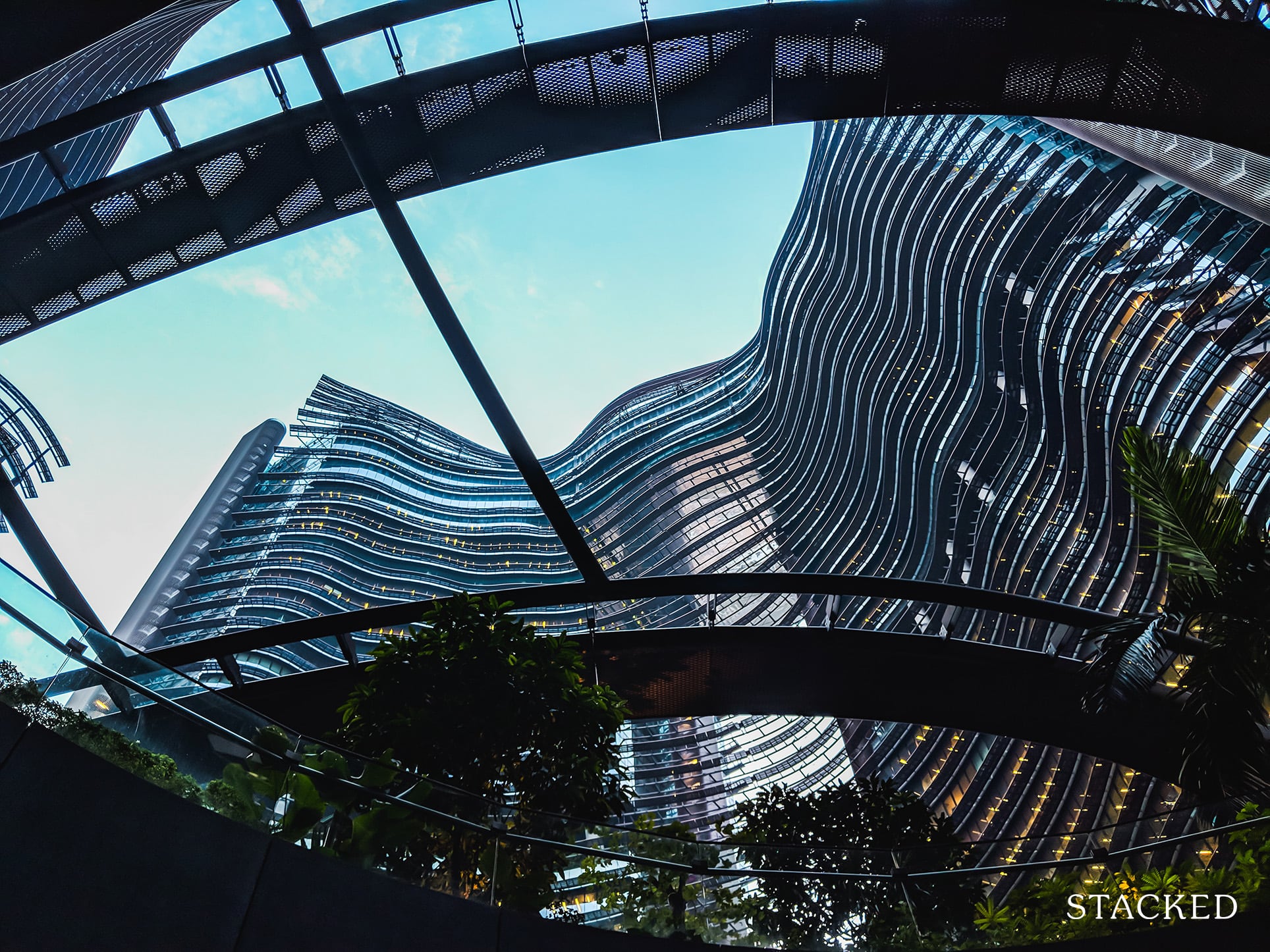
Condo ReviewsMarina One Residences Review: Stunning Hideaway in the CBD
by Reuben DhanarajAnd so seeing it as a model like this really puts things into perspective for you, just how much more this area has to go in terms of its future.

Likewise, with the residential and white sites that will surround the Gardens By The Bay in the future.
There is a lot more to the exhibition, but I’ll leave you to explore it in your own time. For now, let’s take a look at the 7 key locations that will be upgraded on in the next few years:
Table Of Contents
1. 4 New Nature Corridors
Four new exciting nature corridors have been announced. These were identified in consultation with a panel of local biodiversity experts to take into account Singapore’s islandwide ecosystem.
However, not many details have been furnished. Based on the overview map provided, here’s what we know so far.
Khatib Nature Corridor
More residential units will be built in the Springleaf and Miltonia Close area (a mixture of both public and private developments). The heritage buildings in the area will be retained and integrated, but this area which is known for its tranquillity will have to face construction noise and inconvenience over the next few years.
And while current residential views may be blocked by future developments, newer developments and amenities that will be added to the area will definitely improve the vicinity as a whole.
Lim Chu Kang Nature Corridor
The Lim Chu Kang Nature Corridor will likely be connecting the upcoming Tengah HDB estate through the Western Water Catchment Area up to Lim Chu Kang. It is likely that the corridor extends up to Sungei Buloh Wetland Reserve, but that remains to be seen. The corridor also spins off to reach Kranji Reservoir too.
Kranji Nature Corridor
There’s actually an unofficial trail that’s found along here which connects to the Green Corridor down through Bukit Panjang. However, the corridor detours eastwards to Mandai, perhaps connecting to the Mandai Park Connector. It’s also possible for the route to run from Admiralty Park up north through Marsiling Park down to the Mandai Area.
Seletar Nature Corridor
This one appears to connect the Punggol HDB estate through Seletar, finally reaching Thomson Nature Park.
2. Simpang Estate (Potential)
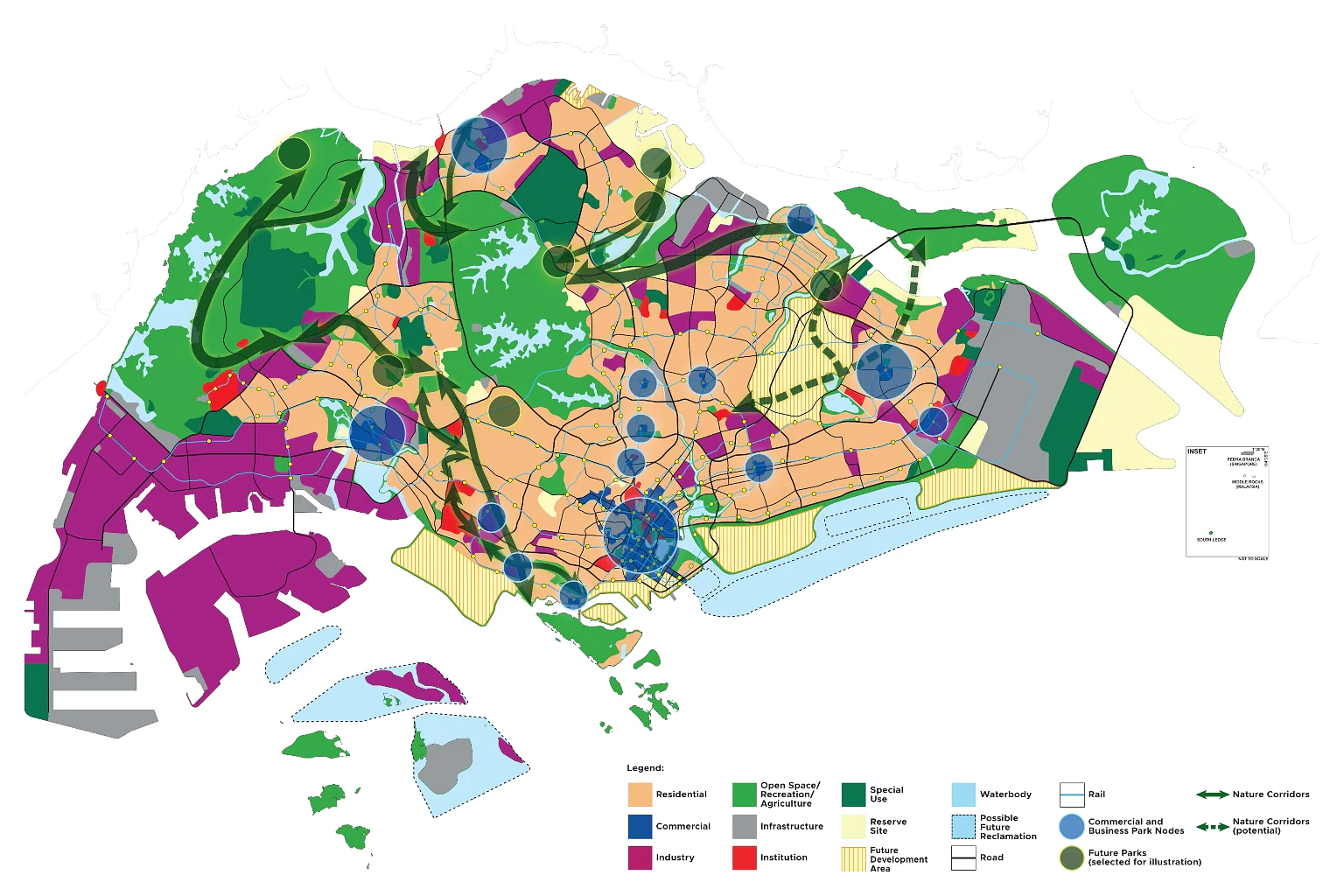
There’s now an increased possibility that a new estate is to be developed in Simpang. What’s interesting was that these plans are not new – they were formulated in the early 90s but did not materialise then (you can actually find a 30-page book titled “Simpang planning area: planning report 1993” in the National Library. There’s no official reason why it was not materialised, but it’s not uncommon for plans to be formulated only to be shelved later on. It’s likely that building the estate may not have met the projected population/country’s needs as expected, possibly due to an external shock like the Asian Financial Crisis.
More from Stacked
Could Your East-Side Condo Be Worth More Now? Singapore Just Raised Height Limits Near Changi
If you live near the airport, congratulations: your condo might have just become more interesting to developers.
The area is currently used as a training ground for the SAF and remains a densely forested area.
Like any new estate, this area is currently not near any public transportation. However, under the LTA Land Transport Master Plan 2040 (LTMP 2040), the agency is currently studying a possibility of a new line to connect the northern region and the greater southern waterfront – this includes the Simpang estate.
3. Paya Lebar Airbase
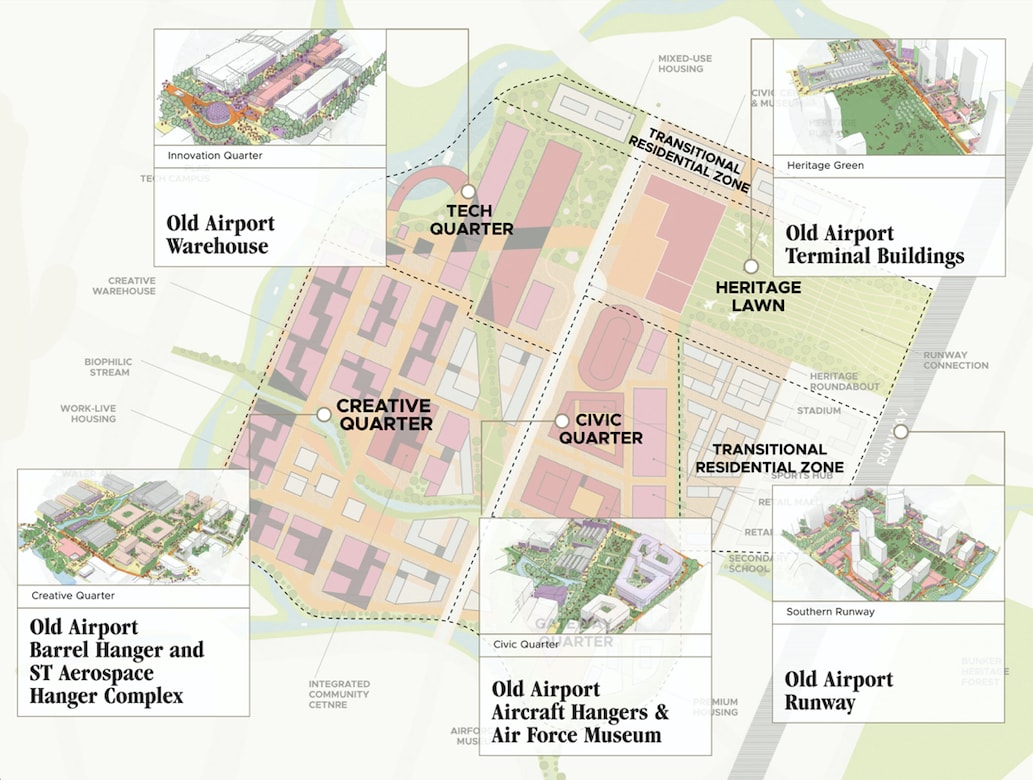
The PLAB transformation is probably the most exciting change to come. The planned relocation of the Paya Lebar Air Base (PLAB) in the 2030s will free up about 800ha of land in the East Region, currently saddled between Hougang and Serangoon.
To give you some perspective on that, it’s basically Toa Payoh Estate 5 times over!
What’s exciting is that this is an entirely new town that will include a new generation of homes, jobs and lifestyle options. Given that this transformation has been undergoing planning for a couple of years now, and the planned relocation will only take place about a decade from now, this gives URA a lot of time to plan this town perfectly.
One interesting proposal put forth has been to turn it into a heritage district so as to preserve the area’s history. The town can be built around existing infrastructure such as the control tower, the hangars and the former passenger terminal buildings.
Other proposals in line with going green include it being a car-lite town where the main modes of transport in the neighbourhood include walking, cycling, public transport and autonomous vehicles. This is a great push towards sustainability and becoming an energy-efficient town. The proposal is nothing new though – if we look at Bidadari which has a Greenway connecting the facilities and amenities through the precinct, as well as Tengah’s push towards being a car-lite town, it’s likely that these pioneering estates would pave the way for PLAB’s green future.
Residents of this future town would also be glad to know that the Cross Island Line (CRL) will cut through the airbase and a station box is already in the plans for a future station in the new estate.
4. Bayshore
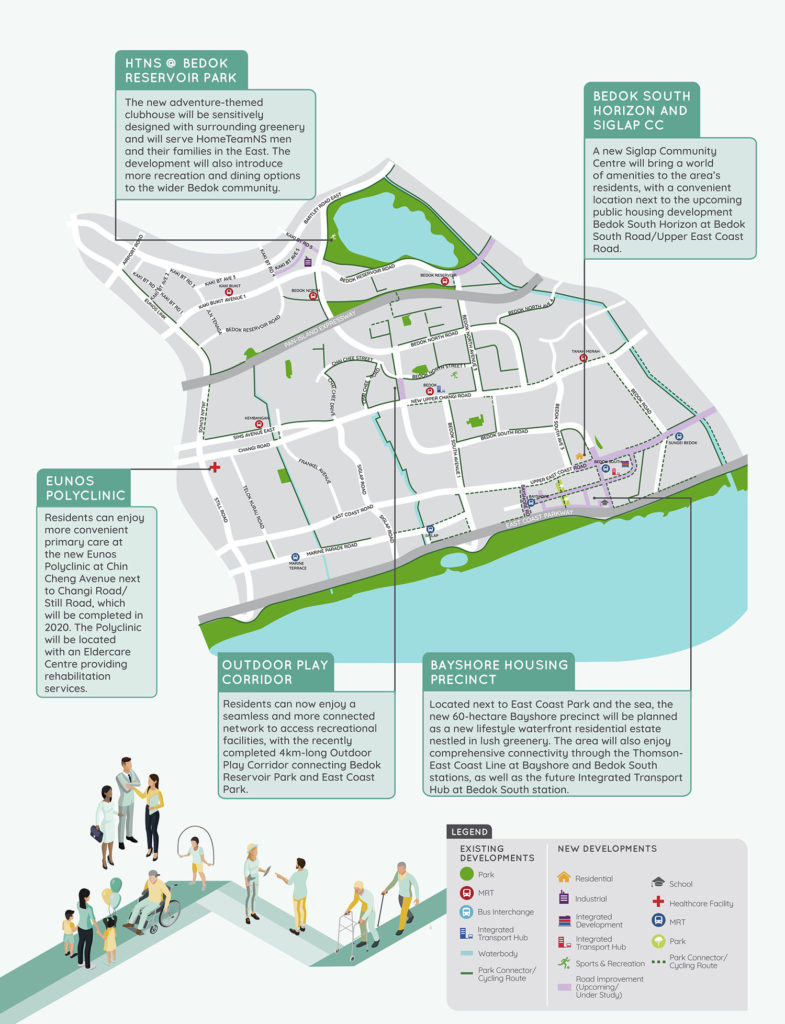
Once Bayshore and Bedok South MRT stations on the Thomson East Coast line are completed in 2024, there will be more residential housing added to the precinct. As part of the plan to add homes close to jobs and have a better mix of public and private housing, there will be supporting amenities and recreational options (like parks and schools, based on the Master Plan).
As mentioned in the 2019 plan, the Bayshore precinct will be planned as a new lifestyle waterfront estate (potential sea view developments here). There will also be a future integrated Transport Hub at Bedok South station (a fully air-conditioned bus interchanges linked to MRT stations and nearby shopping malls) that will provide commuters in the area greater convenience and comfort as they travel.
One important feature to note moving forward is that towns will have space set aside to meet future unexpected needs. Some commercial sites will also be offered with shorter leases to allow businesses to adapt to trends (just see how fast the Metaverse is moving).
5. Simei
There are also more residential plots that will be added to the Upper Changi MRT station area in Simei. Like the rest, there will be a mixture of both public and private housing that will enjoy seamless connectivity to the station.
It has been quite a while since we last saw an HDB BTO project being developed in the Simei estate, so I’m sure this will be met with great interest. This will be great for the younger generation who will prefer to stay in the Simei area for proximity to their parents as there have only been resale options in the past few years to choose from.
One upcoming feature that I really like is that URA is planning to have a wider variety of housing designs to cater to households of different sizes and needs. As such, open floor plans will be incorporated so that homeowners can adapt the space according to their needs (less hacking of walls!). As can be seen from our Living In series, newer generations of homeowners really like to create a layout that really suits their lifestyle, so I’m sure this move is really welcome.
6. East Coast
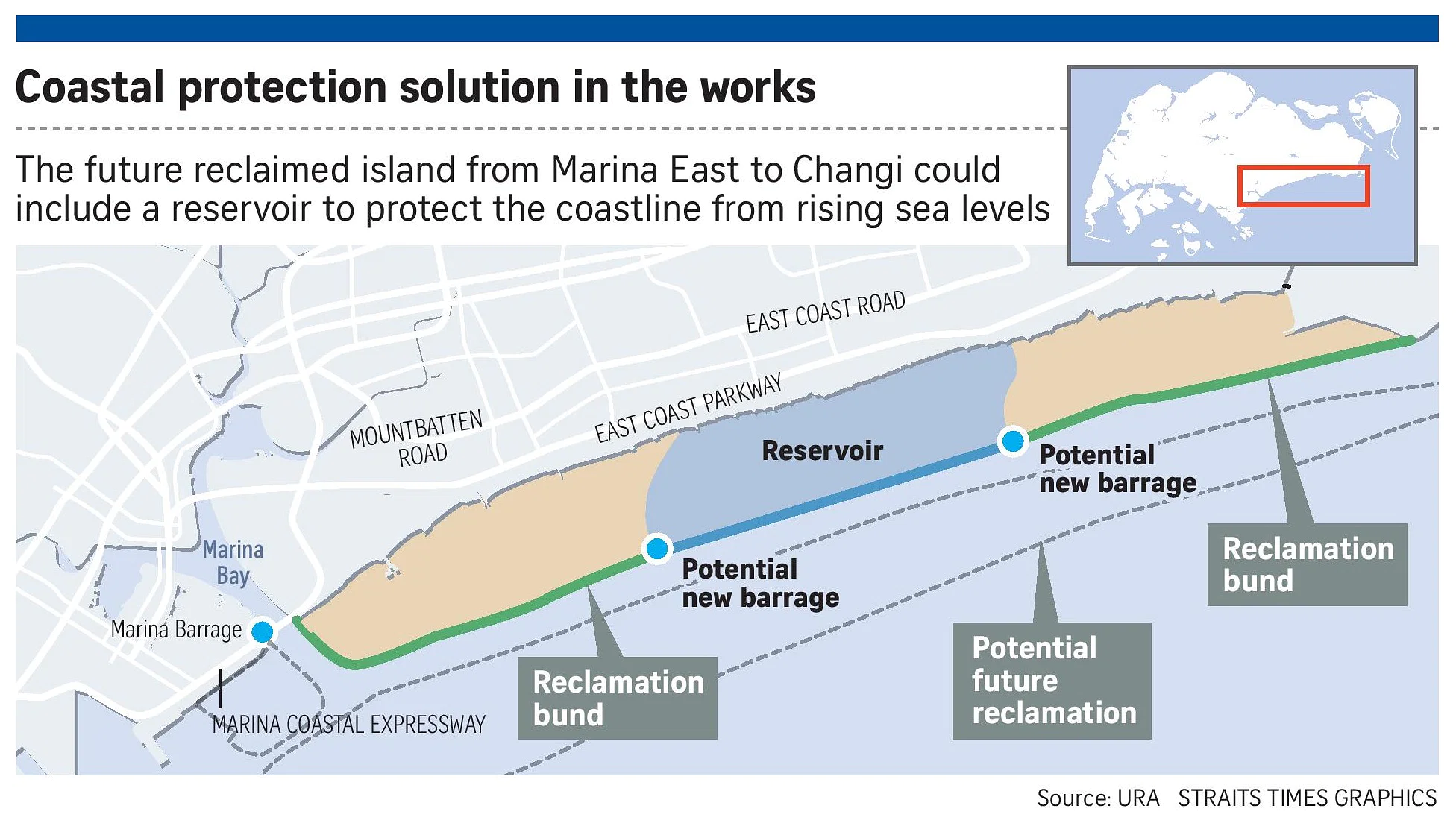
Due to the rising sea levels caused by climate change, there is coastal protection that will be planned for coastal areas from Marina East all the way to Changi. Known as “Long Island”, a reclaimed island could include a reservoir to boost Singapore’s water supply and protect its coastline from rising sea levels. The Long Island could also potentially be developed for housing and integrated with coastal parks and recreational spaces.
Do note though that the current owners of sea view units along this coastal region, will likely face years of construction inconvenience for this mega project. The other bad news? Sea views may be compromised as well. There is no concrete timeline for this project as of now though.
7. Marina South

Just hot off the press today, URA will be increasing the supply of private residential units on the Confirmed List under the Government Land Sales (GLS) Programme by 26 per cent to 3,505 units for the second half of this year. One of the sites is at Marina Gardens Lane (located next to Gardens By The Bay) and will be directly linked to Marina South MRT station.
It’s the first time a site will be launched in the Marina South neighbourhood, and it will comprise five sites with residential and commercial at the first storey and a few white sites. Like the rest of the plans, it will be a sustainable, car-lite estate comprising a mix of residential, commercial and hotel uses. There will be a potential city skyline view and scenic Marina South sea view (for now).
The site is expected to launch in December, and can yield about 795 residential units and 750 sq m of commercial space.
Final Words
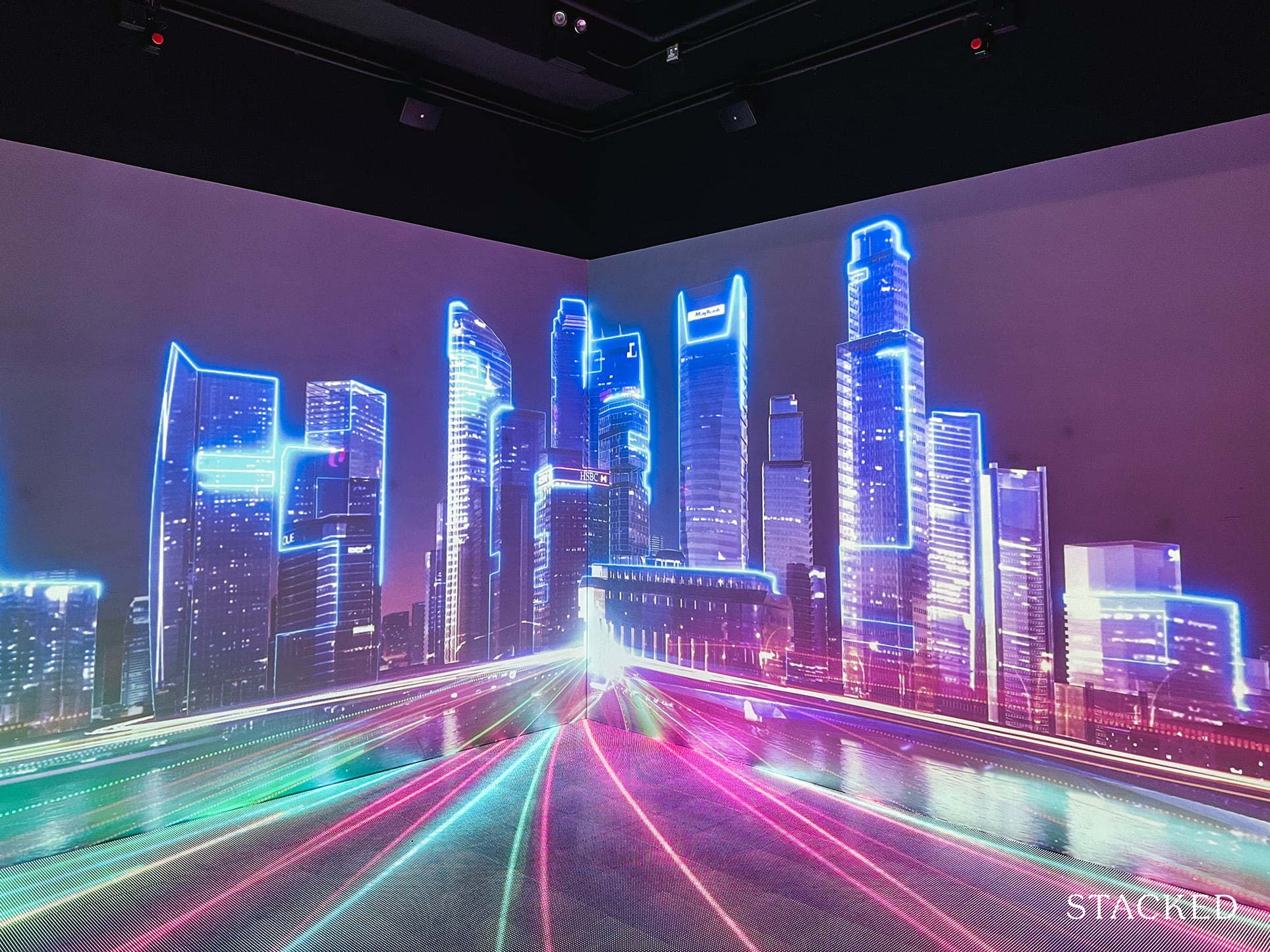
It’s exciting to see the upcoming changes that will happen to Singapore’s landscape. Sometimes, it’s hard to really visualise how a space will change just by reading it on the news – and seeing these future developments for yourself at the URA gallery really helps you to understand just how much will change in the longer-term horizon.
While much of the upcoming plans are certainly very interesting, here’s the most important takeaway for me: the flexibility of changes.
Especially for real estate where the built environment can be something that is not as adaptable and harder to change, I do really like that there is going to be greater flexibility moving forward.
From the spaces set aside in towns to meet future unexpected needs, to open concept HDB floor plans, and to greater flexibility in applying for planning guidelines – it gives those who are able to think smarter on how to use a piece of land or building an edge over others to create a market or value that others are slow to see.
For more on these areas as they develop or hotspots across Singapore, follow us on Stacked. We’ll also provide in-depth reviews of new and resale properties alike, for the discerning home buyer.
If you’d like to get in touch for a more in-depth consultation, you can do so here.
Sean Goh
Sean has a writing experience of 3 years and is currently with Stacked Homes focused on general property research, helping to pen articles focused on condos. In his free time, he enjoys photography and coffee tasting.Read next from Property Market Commentary

Property Market Commentary When Renting In Singapore Is The Smarter Move — And Buying Can Wait

Property Market Commentary A Wave Of New HDB Resale Supply Is Coming In 2026: Here’s Where To Find Them

Property Market Commentary 5 Key Features Buyers Should Expect in 2026 New Launch Condos

Property Market Commentary What “Lucky” Singaporean Homebuyers Used To Get Away With — That You Can’t Today
Latest Posts

Pro How A Once “Ulu” Condo Launched In 1997 Became A Top Performer

New Launch Condo Analysis I Reviewed A New Launch 4-Bedroom Penthouse At Beauty World — Is $3,000 Psf Enough?

Landed Home Tours Why Singaporean Families Are Looking At This Landed Enclave From Around $4M

Singapore Property News Lentor’s First Condo Is Complete — The Early Profits May Surprise You

Property Advice We Own A $800K 1-Bedder And A $1.1M 3-Bedder: Is It Possible To Upgrade To A 4-Bedder Condo?

On The Market These Are Some Of The Cheapest 5-Room HDB Flats Left In Central Singapore

Pro This 698-Unit Ang Mo Kio Condo Launched At The Wrong Time — And Still Outperformed Peers

Singapore Property News $281.2M in Singapore Shophouse Deals in 2H2025 — But That Number Doesn’t Tell the Full Story

Property Investment Insights These Resale Condos In Singapore Were The Top Performers In 2025 — And Not All Were Obvious Winners

Singapore Property News CapitaLand–UOL’s $1.5 Billion Hougang Central Bid May Put Future Prices Above $2,500 PSF

Singapore Property News Why New Condo Sales Fell 87% In November (And Why It’s Not a Red Flag)

Pro How A 944-Unit Mega-Condo In Pasir Ris Ended Up Beating The Market
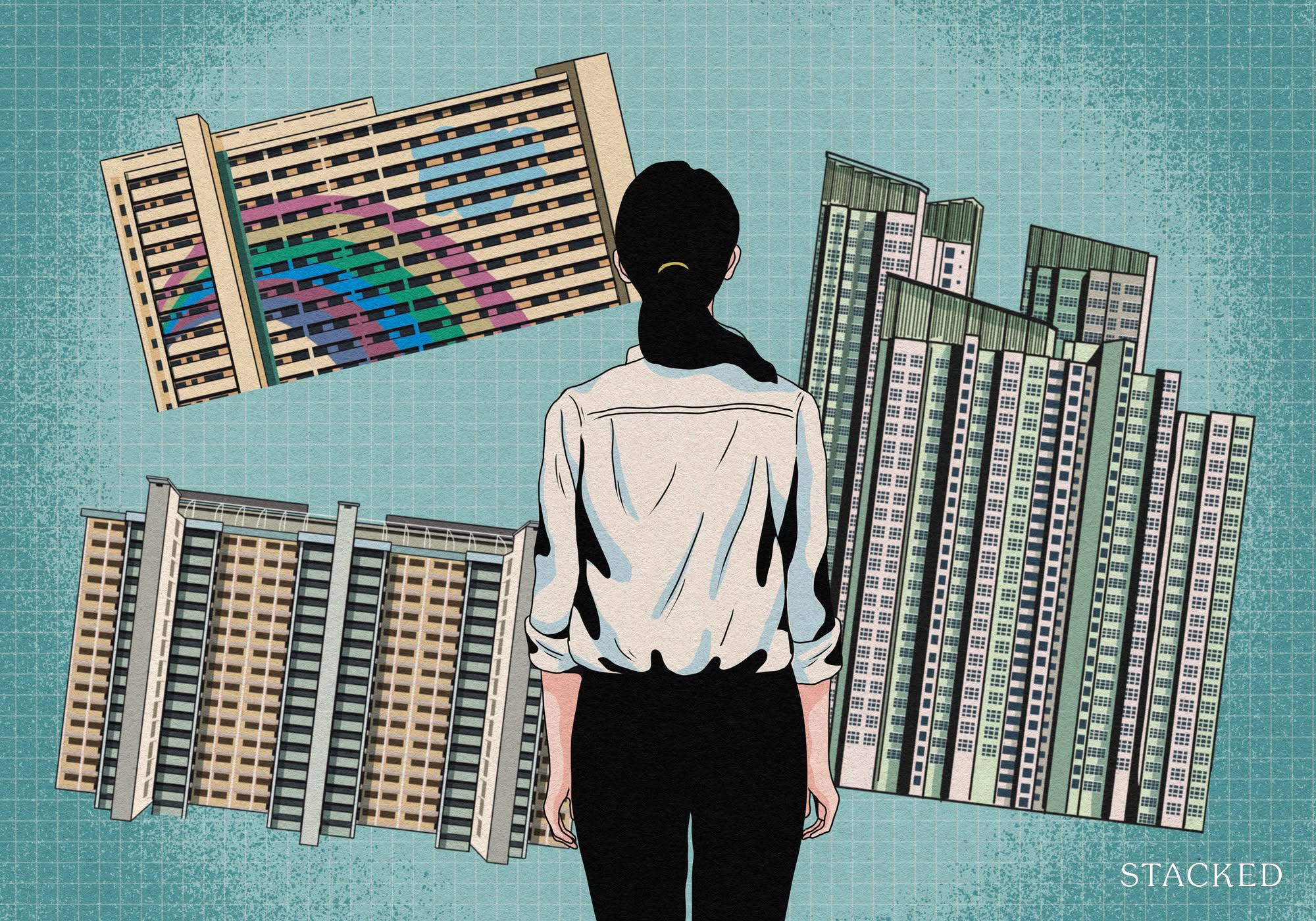
Property Investment Insights What Changed In Singapore’s Property Market In 2025 — And Why It Matters
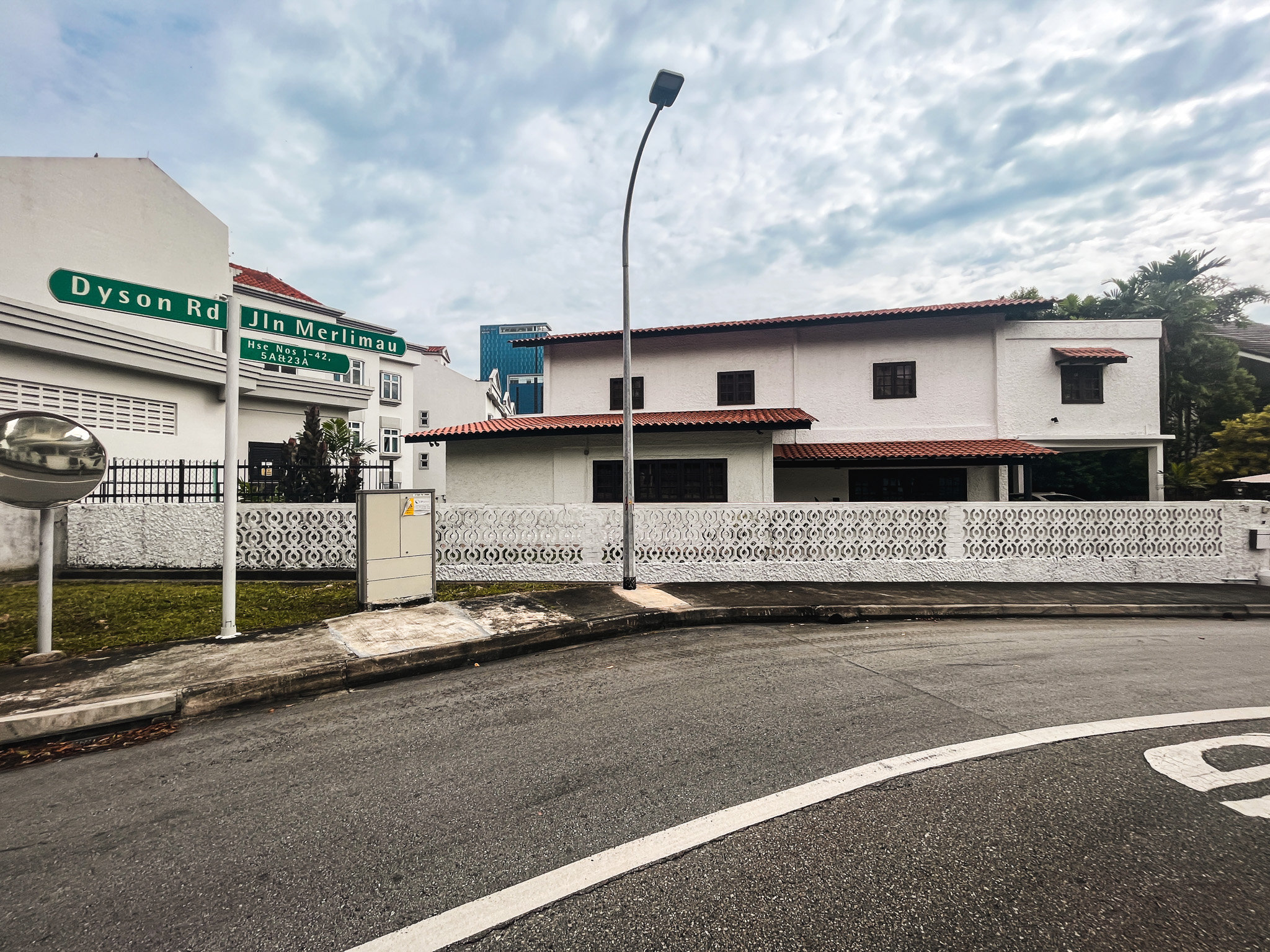
Editor's Pick We Toured A Quiet Freehold Landed Area Near Reputable Schools — Where Owners Rarely Sell

Singapore Property News How Much Smaller Can Singapore Homes Get?
